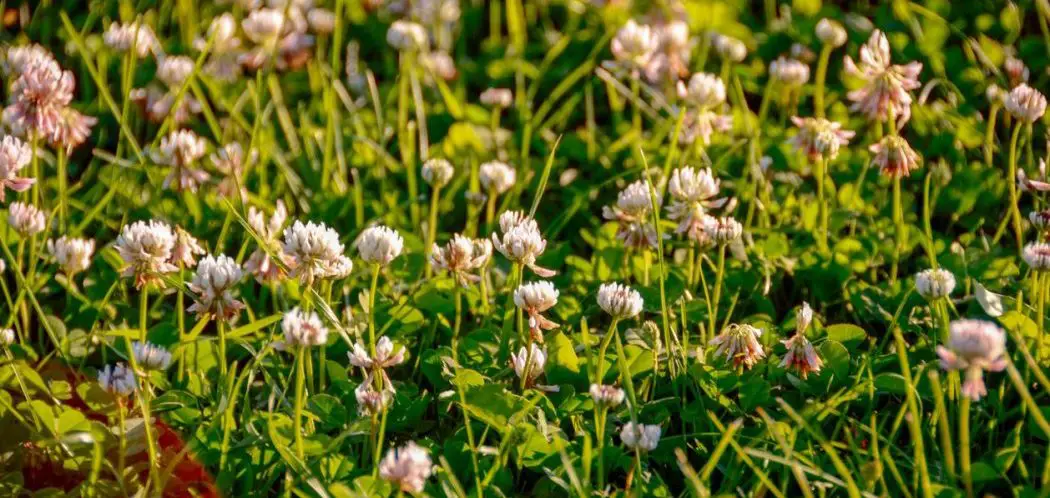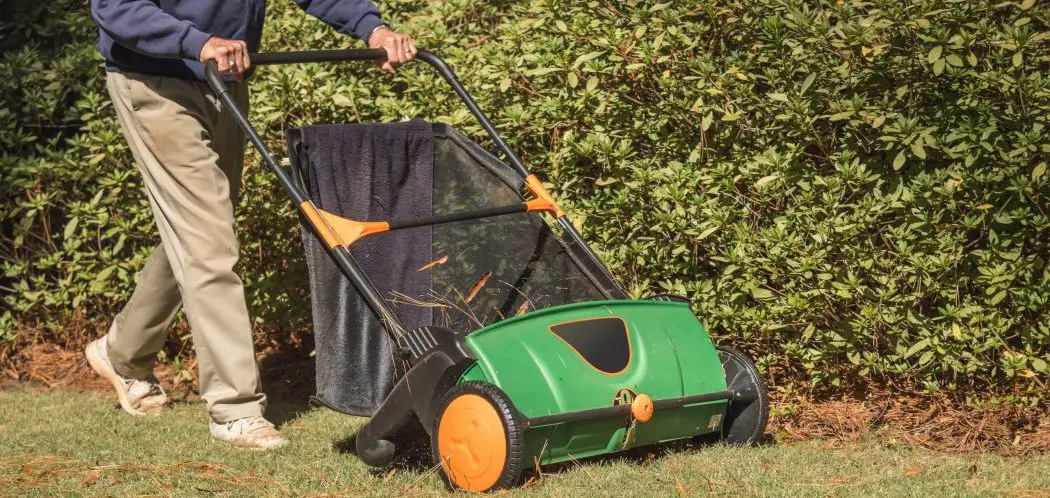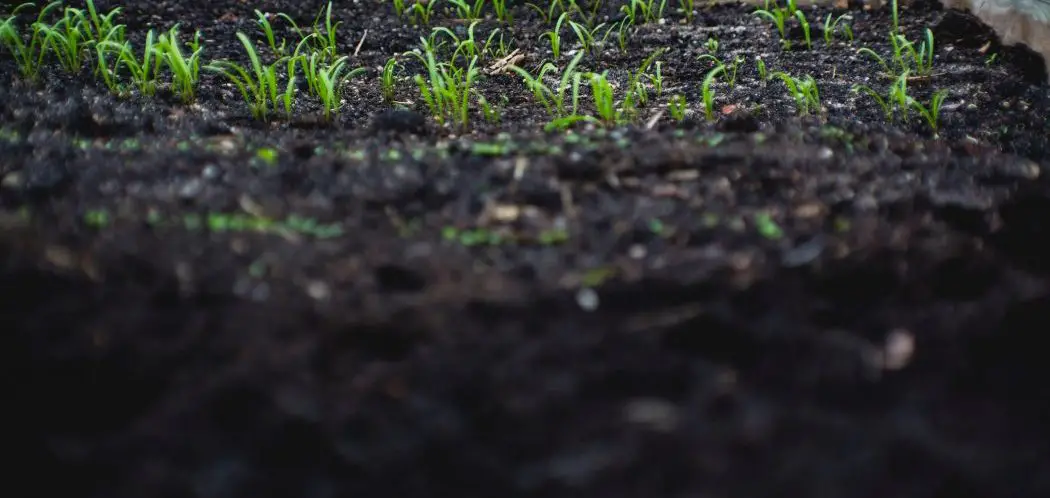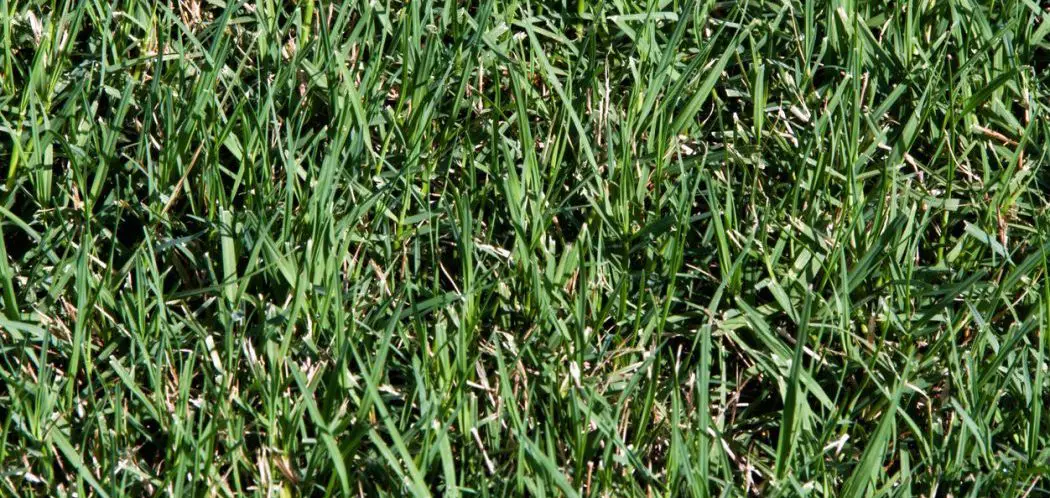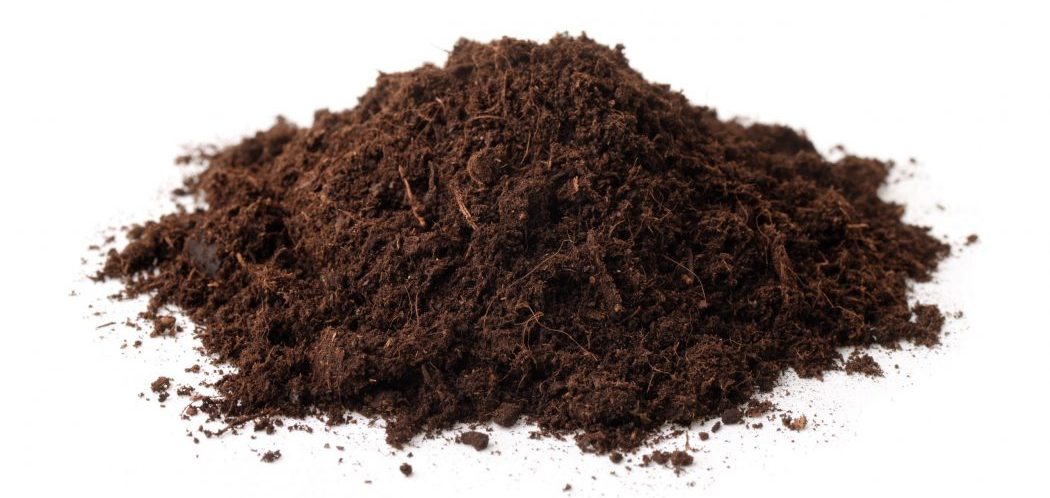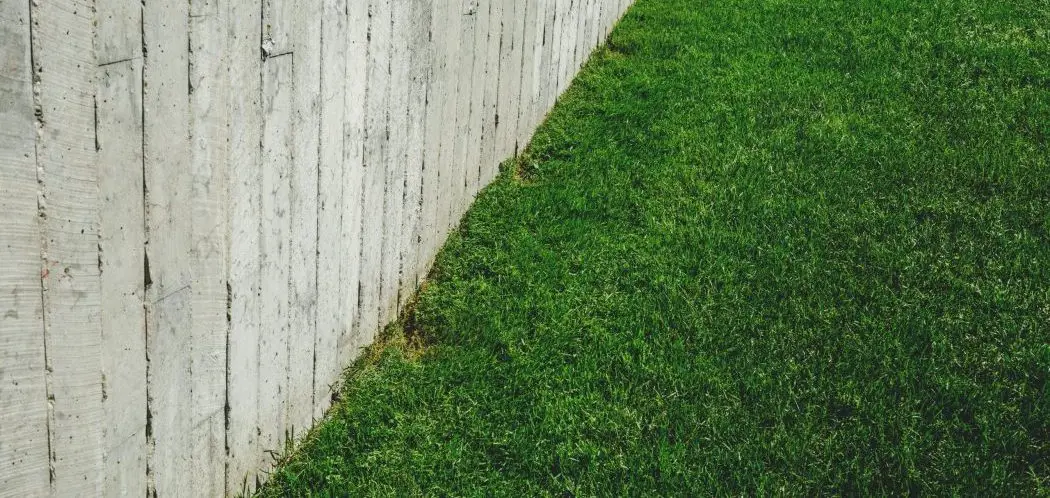Clovers are gorgeous plants that will immensely improve the aesthetic appeal of your garden.
Lawn clover can are also play a great role in stabilizing the soil, as well as improving the overall environment in which the plant vegetation is grown.
There are many benefits of growing lawn clover.
The Characteristics of Lawn Clover
The characteristics of different kinds of lawn clover usually vary.
There are certain types of lawn clover that are considerably more tolerant of different kinds of climate conditions, while there are others that are more resistant to changes in soil.
Varying soil conditions could have a major impact on the growth of your plants so it’s important that you choose a resilient type of clover.
Common types include strawberry clover, red clover, and white clover.
Managing Your Lawn Clover
Your management regime will also vary depending on the kind of clover you have planted in your garden.
On top of that, the clovers are also going to differ based on the type of advantages that they provide. For instance, if you want forage growth at a particular time, you might want to choose a specific kind of clover.
When you are making decisions for planting the clovers, it’s god to understand a bit about the different kinds of clover you can grow in your lawn.
It’s important for you to select clovers that are ideally suited based on your situation.
Annuals or Perennials?
The first thing you need to consider is whether you want annual clovers or perennials.
Annual clovers generally complete their life within a year. The plants emerge from the seeds, grow to their full height, produce seeds, and die within the span of 12 months.
Annual clovers are only able to reproduce from seeds, and not using vegetative propagation.
Keep in mind that all annual clovers are going to die within 12 months, and they will reproduce again the next year as the seeds tend to spread.
In most cases, the seeds produced by the annual clovers during the spring and the early summer months will begin to germinate as autumn approaches. But, there are also chances that some of them will just lay dormant and won’t sprout for several years.
The reason why germination is delayed is because some of the seeds have a hard coating on top that takes time to break down. Because water reaches the seeds so late, it takes quite a bit of time before they are properly germinated.
The percentage of hard seeds produced by the annual clovers is not fixed, and likely to vary based on the variety and the seasonal conditions.
Like all other plants, environmental conditions also have a major influence on the annual clovers.
Perennial clovers also produce seeds, but depending on the environmental conditions, these clovers are able to last for much longer than just a year. Therefore, one strand of a perennial clover is likely to contain various types of plants, some that were formed less than a year ago, and others that are several years old.
For people who don’t know much about gardening and just want clovers in their lawn, it might be a wise idea to choose perennial clovers.
They are readily available and are much easier to maintain.
More importantly, you won’t have to worry about empty patches in your garden either.
Keep in mind that the perennial clovers are not able to withstand excessive heat.
If there is a drought in your region during the summer months, you should know that the perennial clovers are likely to die.
It’s also important to understand that the first-year growth of a perennial clover is generally less when compared with an annual clover.
Common Types of Clover
There are several types of clovers that are generally used in lawns.
Keep in mind that most people usually prefer perennial clovers only because they can propagate by spreading out their roots as well.
The good thing about adding clovers in your garden is that all clovers have deep roots. This keeps your lawn green even during the dry or hot spells in the summer months.
Here are the three most common types of clovers that people like to plant.
Strawberry Clover
The strawberry clover is incredibly popular.
It is considerably more robust and durable as compared to the white clover, even though you might see white clover being used much more commonly in different lawns.
The reason why strawberry clover is so popular is because it is capable of choking out the weeds, which means you won’t have to worry about spraying harmful chemicals or herbicides in your garden again and again.
This type of clover has been generally bred for slightly cooler climates. This makes it slightly less popular in areas with drier or hotter climates.
If you live in an area where the temperature increases considerably in the summer months, you might want to skip on strawberry clover.
White Clover
The most commonly found type of clover in most lawns is the white clover.
White clover looks much more uniform and improves the aesthetic appeal of your lawn dramatically. If you want lawn clover that is easy to maintain and doesn’t grow in haphazard directions, you should choose the white clover.
There is a smaller variety available of this plant as well, which is known as the micro-clover. This is a bit smaller than the traditional clover but is also easier to maintain.
If you are interested in mixing things up, know thatwhite clover will easily mix with most kinds of turfgrass.

Red Clover
Then, you have red clover.
Red clover is slightly taller when compared with other kinds of clovers, standing above the white clover.
One of the main reasons why red clovers are so attractive is because they tend to produce gorgeous purple flowers.
Even the seeds of red clover are slightly bigger than the white ones.
Therefore, if you are going to seed the clover into a lawn that has been built before, red clover might be a wise choice.
In some colder climates, the red clover only exists annually.
The plant is simply not able to withstand the cold, and grows and dies over the course of the year.
Arrowleaf Clover
If you think that you can grow annual clovers in your garden and care for them accordingly, the arrowleaf clover is a great choice!
The plant tends to grow primarily in the later months of spring, and it also produces quite a few hard seeds as well.
The seed generally germinates at slightly lower temperatures when compared with most other types of annuals.
The arrowleaf clover is generally grown in pastures, but you can also cut it and use it for hay.
You have to make sure that the grass is mixed properly to prevent the seedlings from getting shaded because of the grass.
Ball Clover
Another commonly available option is the ball clover.
The ball clover is regarded as a “winter annual,” and many people tend to mistake it for the white clover because of the similarity in appearances.
While this type of clover is quite productive, the growing season is slightly shorter and the yield is likely to vary.
In most cases, the yield of the ball clover is slightly less as well when compared with other annuals.
The plant produces lots of seeds, but a significantly higher percentage of the seeds produced are hard seeds.
This means that you won’t see it grow as frequently on a yearly basis, with the yield varying.
While it’s a fantastic reseeder, there are some limitations. This type of clover is ideally suited for heavy soils, though it can easily adapt to dry climates as well.
Crimson Clover
The highly productive and reliable crimson clover has larger seeds and is also able to reproduce much more quickly when compared with other types of clover.
This is one of the plants that grows considerably more during the winter months. It is one of the plants that tends to mature much quicker as a result. Many people like to use this clover as a winter protection crop.
It has fantastic crimson leaves that also paint a very good impression.

In Summary
While these plants are great and will greatly improve the overall aesthetics of the place, they do require care. You have to make sure that the climate conditions are right, so it’s best to talk to a gardener first before making a decision.

